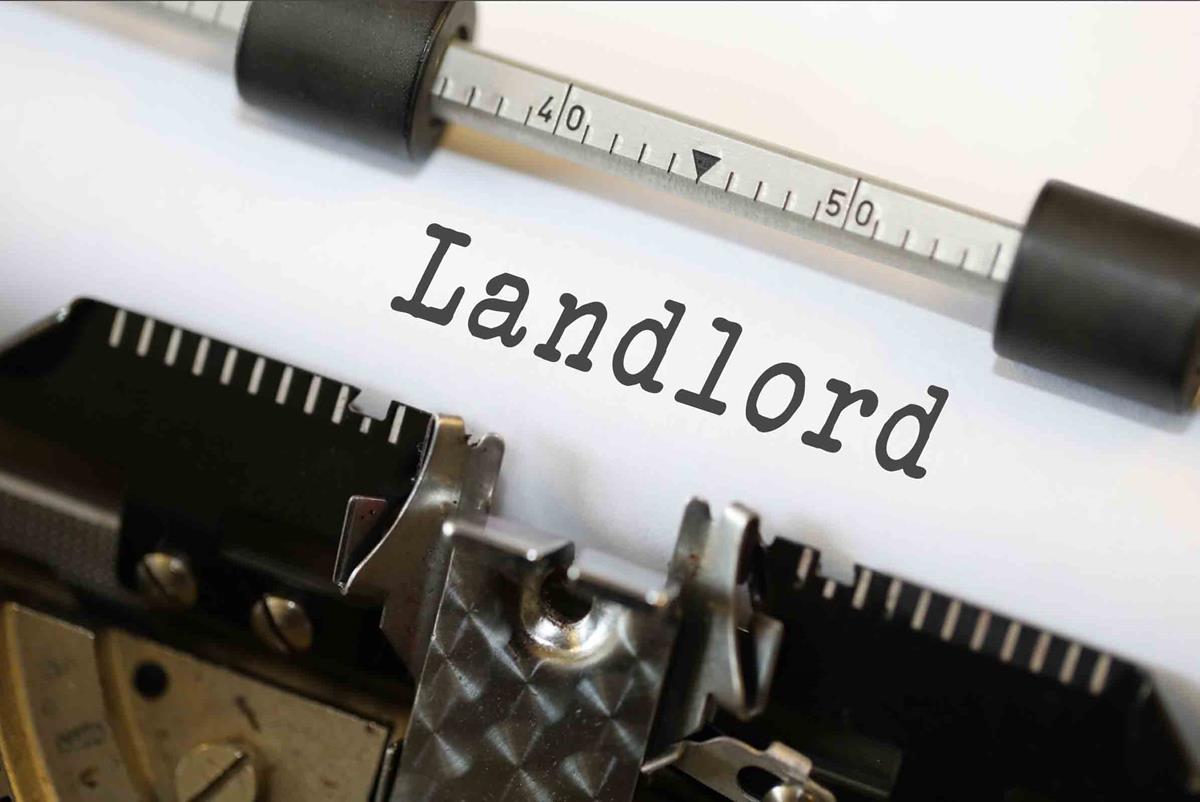Top Tips for Successful Landlordship in House in Multiple Occupation (HMO)
The property market is experiencing a continued rise in the popularity of House in Multiple Occupation (HMO) investments. These properties not only maximise rental yield per property but also cater to the increasing demand for affordable housing. However, managing an HMO comes with its unique challenges. Here are some top tips to ensure successful landlordship in HMOs, helping you safeguard and optimise your investment.
Understand HMO Licensing Requirements
Licensing is one of the critical aspects of managing an HMO. It is crucial to understand that properties with five or more tenants, forming more than one household, require an HMO licence from the local council. Licences typically last for five years, and the criteria for obtaining one can vary by location. Before renting out your property, ensure compliance with your local authority’s housing standards to avoid hefty penalties and ensure tenant safety.
Ensure Compliance with Safety and Health Regulations
The safety and health of tenants should be a top priority. Landlords must adhere to the The Housing Health and Safety Rating System (HHSRS) standards. Regularly check and maintain smoke alarms, fire extinguishers, and emergency exits. Gas and electrical appliances must undergo annual safety checks to ensure compliance with legal standards.
Optimise Tenant Management and Communication
Effective management and open communication channels with tenants are critical. Regular check-ins can prevent disputes and foster a positive relationship. A clear and detailed tenancy agreement is essential, outlining each tenant’s responsibilities and the landlord’s obligations. Consider employing a property management service if you cannot personally oversee the day-to-day running of the HMO.
Maximise Property Layout and Design
To increase tenant satisfaction and reduce void periods, consider the layout and amenities of your HMO. Providing en-suite facilities, sufficient communal areas, and modern features can make your property more attractive and competitive in the market. Investing in durable, easy-to-clean furnishings can save costs in the long run, particularly in high-turnover properties.
Set Competitive Rental Rates
Price your rental rates competitively based on location, amenities, and the condition of the property. Conduct market research to benchmark rental prices in your area. Striking a balance between maximising income and maintaining a fully-occupied property is key to financial success in HMO investments.
Engage in Continuous Learning and Networking
The property market is dynamic, requiring continuous learning and adaptability. Attend property seminars, join landlord associations, and participate in online forums to stay updated with industry trends and connect with other property investors. Local networking can also provide insights into regional regulations and market conditions.
Conclusion
Successfully managing an HMO entails a keen understanding of the regulations, maintaining high safety standards, fostering tenant relationships, designing practical and enticing living spaces, and staying informed about market developments. By following these tips, landlords can ensure their properties are both compliant and profitable, providing a stable and lucrative investment.
Key Takeaways
- Obtain and maintain an HMO licence for properties housing five or more tenants.
- Ensure compliance with The Housing Health and Safety Rating System (HHSRS).
- Foster strong landlord-tenant relationships through regular communication.
- Invest in modern amenities and competitive pricing to attract and retain tenants.
- Engage with the property investment community for continual learning and insights.





